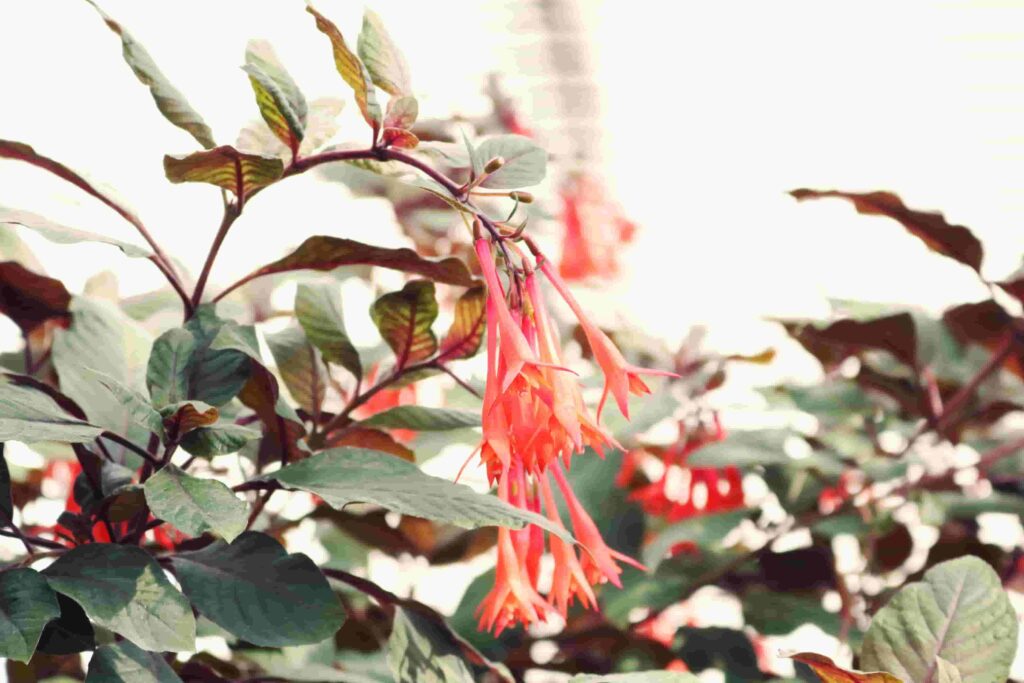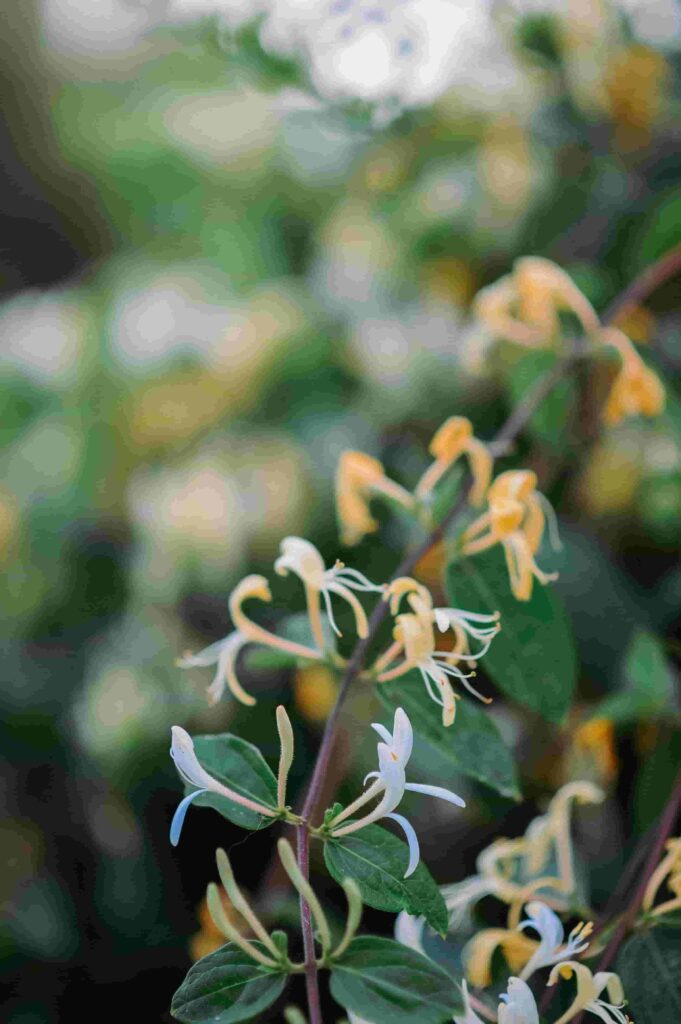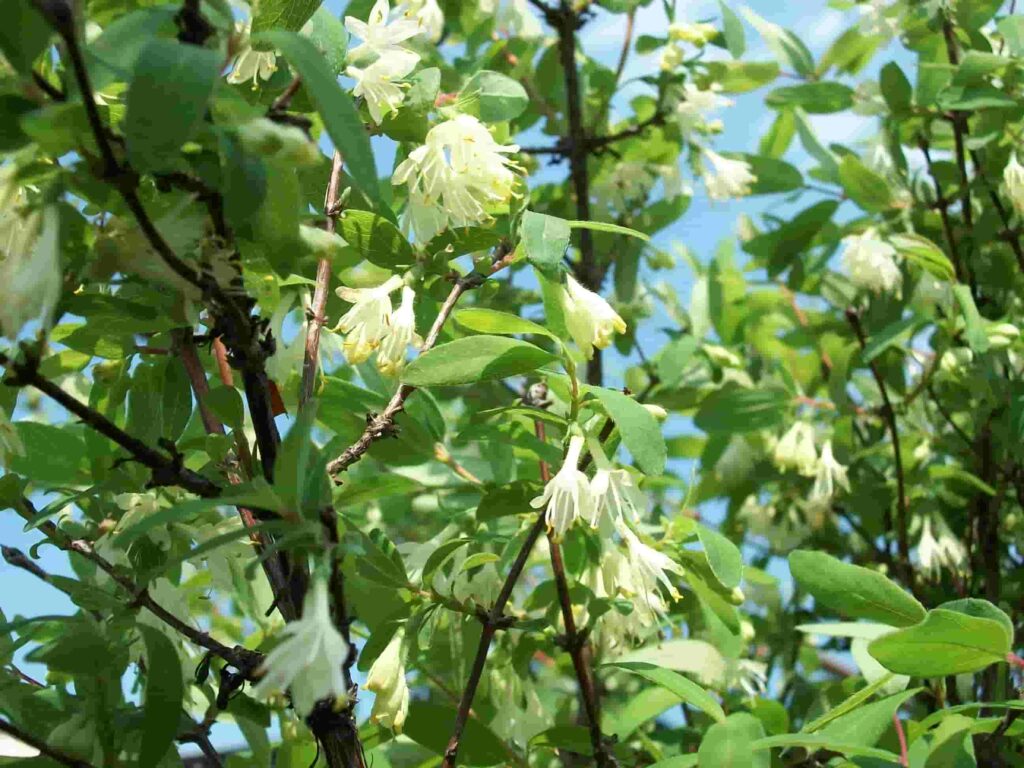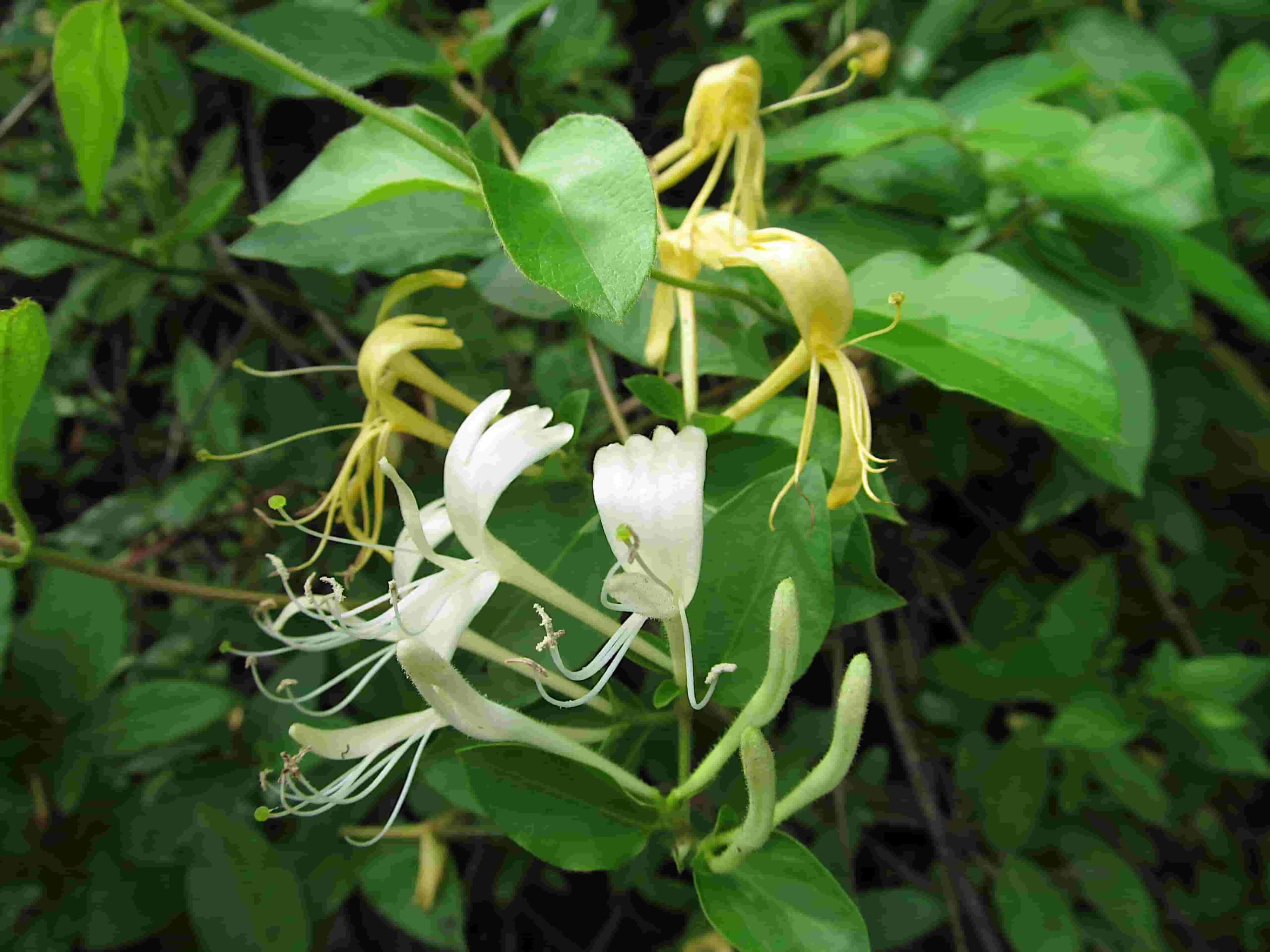Introduction
Honeysuckle, a beautiful and fragrant flower, has been captivating the hearts of gardeners and nature enthusiasts for centuries. This versatile plant belongs to the Caprifoliaceae family and is native to the Northern Hemisphere. With its delightful scent and attractive appearance, this flower has found its way into gardens, landscapes, and even traditional medicine practices. The intriguing world of honeysuckle, its different varieties, growing methods, health advantages, and more will all be covered in this article. Join us on this fragrant journey!
1. What is Honeysuckle?

Honeysuckle is a flowering plant known for its vibrant colors and sweet fragrance. This delightful flower grows on deciduous or evergreen shrubs and climbing vines, adding beauty and charm to any landscape. The blooms are tubular in shape and usually come in shades of white, yellow, pink, or orange, depending on the species. It’s flowers are not only visually appealing but also attracts bees, butterflies, and hummingbirds, making it a favorite among pollinators.
2. Types of Honeysuckle
There are several species of this plant, each with its unique characteristics and growing requirements. Here are three popular types:
2.1 Japanese Honeysuckle
Japanese honeysuckle (Lonicera japonica) is a robust, quick-growing plant which may reach up to thirty feet in height. It has fragrant white blossoms that become yellow with age and release a lovely aroma that permeates the air in the summertime. In some areas, this kind is very invasive, therefore it needs to be maintained frequently to keep it from spreading out of control.
2.2 Trumpet Honeysuckle
Trumpet honeysuckle (Lonicera sempervirens) is a native North American species prized for its trumpet-shaped red, orange, or coral flowers. This vine is a favorite among hummingbirds and provides a brilliant splash of color in the garden. Trumpet variety is less invasive than its Japanese counterpart, making it a popular choice for landscapes and trellises.
2.3 Goldflame Honeysuckle
Goldflame honeysuckle (Lonicera x heckrottii ‘Goldflame’) is a hybrid variety that combines the best traits of different species. It features clusters of tubular flowers that open yellow and gradually turn into vibrant shades of pink and red. The Goldflame variety is prized for its striking foliage and ability to attract pollinators.
3. Growing Honeysuckle

To enjoy the beauty and fragrance of this plant in your garden, it’s essential to provide the right growing conditions. Here are some key considerations:
3.1 Choosing the Right Location
This plant can grow in full sun or partial shade, depending on the variety. Ensure your chosen location receives adequate sunlight and has well-drained soil for optimal growth.
3.2 Soil Requirements
Most honeysuckle varieties prefer fertile, loamy soil. Prior to planting, amend the soil with organic matter to improve drainage and nutrient content. These plants generally adapts well to different soil types, but avoid waterlogged or overly sandy soils.
3.3 Planting Honeysuckle
When planting honeysuckle, dig a hole twice as wide and deep as the root ball. Place the plant in the hole, ensuring it sits at the same depth as it did in its container. Backfill the area with soil, gently compacting it around the base of plant. After planting, irrigate the soil thoroughly to help it settle.
3.4 Watering and Maintenance
These plants require regular watering, especially during dry spells. Keep the soil moist but not waterlogged. Mulching near the plant’s root improves in moisture retention and inhibits weed growth. Prune them in early spring to remove dead or damaged wood and promote healthy growth.
4. The Fragrant Beauty of Honeysuckle
The enchanting fragrance of honeysuckle is one of its most appealing qualities. When the flowers bloom, they release a heavenly scent that perfumes the surrounding air. This delightful aroma attracts various pollinators, including bees, butterflies, and hummingbirds, contributing to the biodiversity of your garden. Placing these plants near outdoor seating areas allows you to immerse yourself in its captivating fragrance while enjoying nature’s beauty.
5. Medicinal Uses
Honeysuckle has a long history of medicinal use in traditional herbal remedies. The flowers, leaves, and stems of certain species contain beneficial compounds known for their antimicrobial, anti-inflammatory, and antioxidant properties. This plant’s extracts and infusions have been used to alleviate symptoms of coughs, sore throats, and skin irritations. Modern research has also shown promising results regarding it’s potential as an immune booster and anticancer agent, although further studies are needed to confirm these findings.
6. Landscaping

Beyond its delightful fragrance and visual appeal, honeysuckle offers various landscaping opportunities. Here are a few creative ways to incorporate this plant into your outdoor space:
6.1 Trellises and Arbors
Honeysuckle vines are ideal for adorning trellises and arbors. Their climbing nature allows them to elegantly cover structures, providing shade, privacy, and a touch of natural beauty. Choose a suitable trellis or arbor design and watch as the honeysuckle gracefully weaves its way through, creating a picturesque display.
6.2 Honeysuckle Hedges
These plants can be trained to form hedges, adding a fragrant and colorful border to your garden. With regular pruning and maintenance, honeysuckle hedges create a lush and inviting atmosphere, while also attracting beneficial insects and pollinators.
6.3 Container Gardening
For those with limited space or who prefer container gardening, certain varieties of honeysuckle can thrive in pots and containers. Select a compact cultivar that suits your aesthetic preferences and enjoy the beauty and fragrance of these flowers on balconies, patios, or even indoors.
7. Pruning and Maintenance
To ensure healthy growth and abundant blooms, proper pruning and maintenance are essential for these plants. Observe the following advice:
7.1 Pruning Techniques
Prune these during late winter or early spring when the plant is dormant. Remove any dead, damaged, or diseased wood. Additionally, consider thinning out crowded areas to improve airflow and reduce the risk of disease. Trim back long, unruly vines to maintain a tidy appearance.
7.2 Disease and Pest Control
This plant is generally resilient to diseases and pests, but it’s still important to monitor your plants for any signs of trouble. Common issues include powdery mildew, aphids, and spider mites. Use organic pest control methods or consult a local gardening expert for appropriate treatments if necessary.
Conclusion
Honeysuckle, with its fragrant blooms and versatility, is a treasured addition to any garden or landscape. From its various species to its medicinal uses and landscaping possibilities, this plant offers a delightful sensory experience and invites a multitude of pollinators into your outdoor space. With proper care, pruning, and maintenance, you can enjoy the beauty and fragrance of honeysuckle for years to come.
FAQs
Q: Can I grow honeysuckle in a container?
A: Yes, it’s certain varieties are well-suited for container gardening. Choose a compact cultivar and provide proper support for the vine to climb, such as a trellis or obelisk.
Q: How frequently should my honeysuckle plant be watered?
A: Regular watering is necessary for this plants, especially when there are dry spells. Water thoroughly, but do not overwater as this might cause root rot. Based on the monitoring of soil water content, watering should be adjusted.
Q: Is honeysuckle safe for pets?
A: While this plant is generally non-toxic to pets, it’s always recommended to supervise your furry friends around plants. Some animals may have sensitivities or allergies, so it’s best to consult with a veterinarian if you have concerns.
Q: Can I use honeysuckle for herbal teas?
A: Yes, certain species of honeysuckle can be used to make herbal teas. The flowers are often steeped in hot water to create a fragrant and soothing beverage with potential health benefits. Ensure you correctly identify the species and consult reliable sources for guidance on preparation and usage.
Q: How long does it take for honeysuckle to bloom?
A: The bloom time of this plant can vary depending on the species and growing conditions. Generally, it starts blooming in late spring or early summer and continues throughout the season, providing a continuous display of colorful flowers and delightful fragrance.

